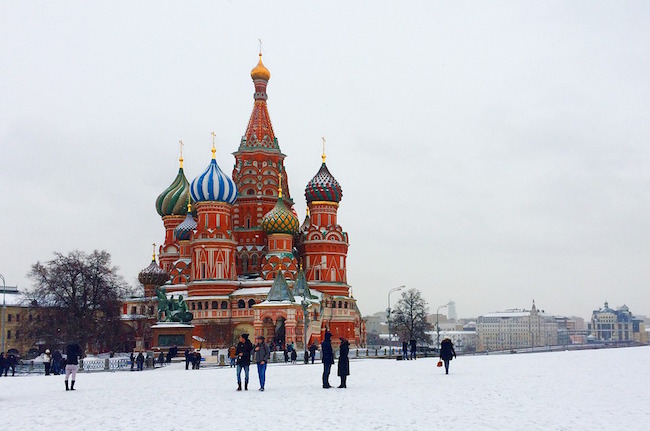Why Some Cities May No Longer Be Viable by Charles Hugh Smith for Of Two Minds
Any city whose lifeblood ultimately depends on hyper-globalization and hyper-financialization will no longer be viable.
The human migration from the countryside to cities has been an enduring feature of civilization. Cities concentrate wealth, productivity and power, and so they’re magnets to talent and capital, offering newcomers the greatest opportunities.
Cities are efficient, packing population, productivity and wealth creation into small areas. Slums and sweatshops are immensely profitable, and cramming people into centers of manufacturing is far more efficient than scattering people and production across a landscape.
Cities generally arose on coastal harbors, navigable rivers or the confluence of overland trade routes, as these hubs enabled profitable trade and transport of goods protected by defensible barriers.
In sum, cities offered unmatchable advantages over more widely distributed settlements, trade and production. Given their typically strategic location and regional dominance, they tend to become political, military and cultural centers as well as economic / financial heavyweights.
But the nature of cities has changed, and so has their viability as magnets for talent and capital. I recently discussed these shifts with longtime correspondent T.D., who succinctly summarized the economic foundations of New York City–a set of dynamics that applies in one way or another to virtually all major cities globally: cities are transport / value-added hubs.
“With the creation of the Erie Canal, New York became a major port and city, a place where cheap immigrant labor and the precursors to all sorts of products could be immediately brought together in a value-added manner for finishing into a manufactured product which was then cost effectively shipped onward.”
These longstanding economic foundations began shifting in the 1970s. Slums and manufacturing were deemed undesirable for environmental and aesthetic reasons, and globalization began chipping away at manufacturing within costly urban zones as production was shipped to lower-cost regions.
The other core dynamic of the past 40 years, financialization, replaced value-added trade and goods with value-added financial instruments and services. As globalization and financialization transitioned to hyper-globalization and hyper-financialization, cities became magnets for real estate speculation, global capital seeking a safe place to park money, healthcare and higher education. status-enhancing conspicuous consumption and entertainment, i.e. the good life of diverse cultural attractions, neighborhoods, venues, cafes, bars and nightlife, all of which are the foundation of global tourism, now the primary industry in many cities.




